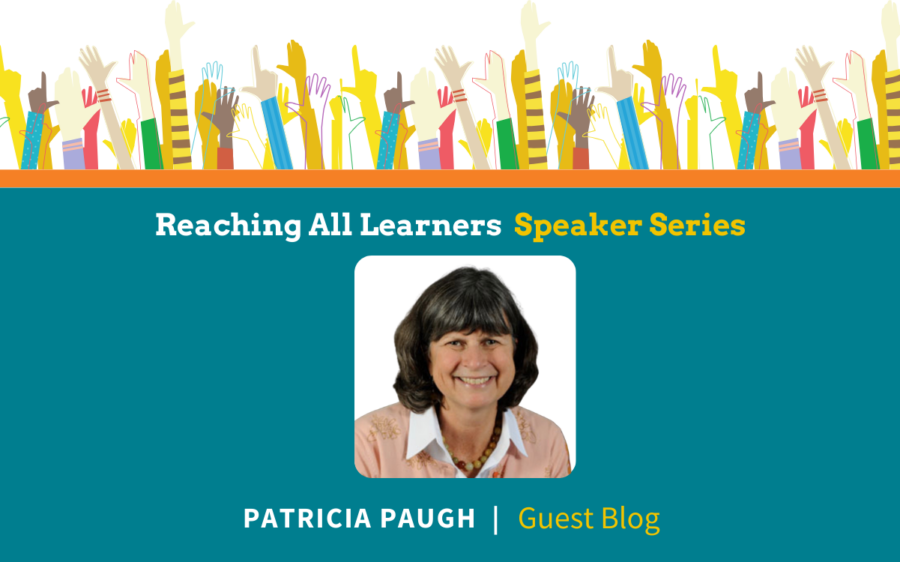The start of the school year always brings the joy and excitement of new possibilities and fresh opportunities to make your teaching as efficient and effective as ever. It is an opportune time to take stock of the ways in which you plan for and schedule literacy instruction. Along with ample time for reading and writing instruction, daily systematic explicit phonics instruction is essential for students to learn how to read effectively.
Consider these five pointers for organizing your time and materials from the Fountas & Pinnell Phonics, Spelling, and Word Study Systems.
- Schedule daily lessons – At the beginning of the year, include a 20 – 30 minute block of time in your daily classroom schedule to teach an out-of-text lesson including the minilesson, whole-group application activity, and a share at the end to celebrate learning and assess what children have learned. Once children know the regular routines and instructional procedures of the lessons, you might include the day’s application activity into their independent literacy work time. If students are able to complete the application activities independently, you may be able to shorten your out-of-text lesson. Every instructional minute counts!
- Print off the Master Lesson Guide Suggested Sequence chart from Ready Resources. Use the chart as a guide and as a spot for note-taking. Commit to jotting down a few reflection notes after you teach each lesson for future reference. This will help you document what children learned and what you will want to help them apply during reading and writing instruction. Your notes will also help you remember any tweaks you want to make to the lessons in future years. Don’t be afraid to skip lessons and/or repeat lessons as needed based on the needs of your students.
- Tab the 9 Areas of Learning in your System Guide for easy reference. This will make it easier to quickly turn to the day’s lesson in your guide. The guide is organized by areas of learning so teachers know there is flexibility in the order that you teach lessons. Always remember to start with considering what your students need to learn next.
- Work with a grade level colleague to prepare lesson materials. This tip falls under the category of “work smarter, not harder.” Using the Master Lesson Suggested Sequence chart, identify the first 5 – 10 lessons you will most likely teach in the first weeks of school. Divide those up amongst the two of you and spend an hour or so with the online resources to prepare the materials for both classrooms. If you are fortunate to work with classroom volunteers or an educational aide, show them how to use the online resources website so they can support you with preparing materials and using Gamemaker.
- Develop a system for storing reusable materials. You may already be utilizing the lesson folders that were included in your system box. Make good use of those for individual lessons and decide on how you will organize the picture cards, reusable games that you make with Gamemaker, and any other materials that can be used over and over again. Finding the best system for you is like finding a great pair of blue jeans. Experiment and try on different methods. Once you find one that is workable, commit to taking a few minutes each day to refile the materials that you use. Just like we teach the children to clean up their materials, we need to be sure to do so ourselves!
What tips can you share to optimize the use of Fountas & Pinnell Phonics, Spelling, and Word Study?
Meet us on social and tag #Lesley_CRRLC to let us know your helpful ideas. We would love to learn from you!





